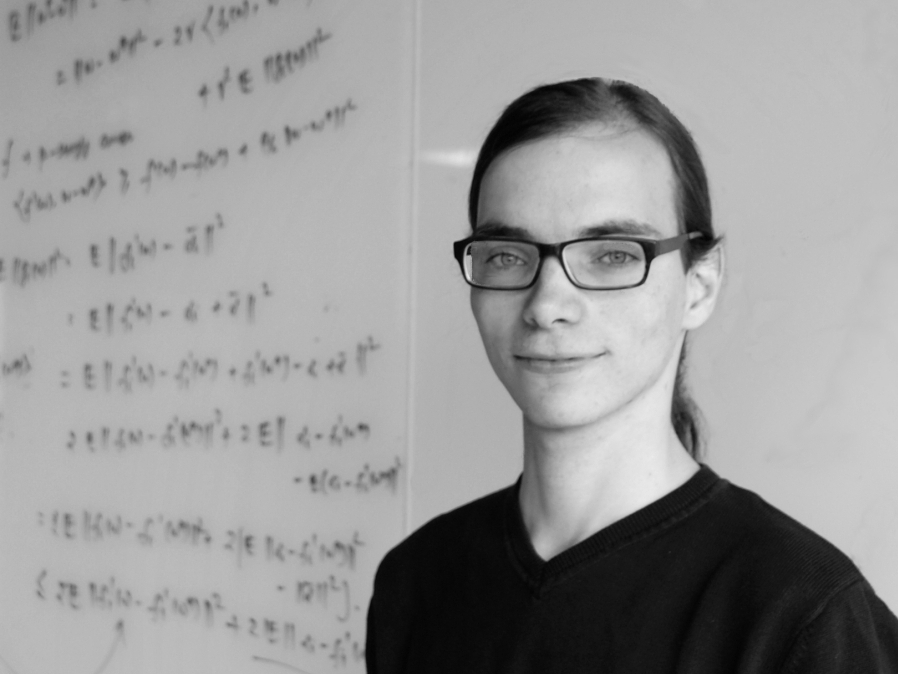News Archive
17.09.2019
Kristof Meding is invited to give a spotlight presentation at NeurIPS 2019 in Canada.
Title of his paper: "Perceiving the arrow of time in autoregressive motion" by Kristof Meding, Dominik Janzing, Bernhard Schölkopf and Felix A. Wichmann
Only 21,1% of all submitted papers are accepted at NeurIPS and not even 12% of all accepted papers are selected to give a spotlight presentation...and Kristof is one of them. Congratulations!
Abstract:
Many cognitive and machine learning scientists believe that intelligent behavior requires agents to possess causal models of the world. Recent ML algorithms exploit the dependence structure of additive noise terms for inferring causal structures from observational data, e.g. to detect the direction of time series; the arrow of time. This raises the question whether the subtle asymmetries between the time directions can also be perceived by humans. Here we show that human observers can indeed discriminate forward and backward autoregressive motion with non-Gaussian additive independent noise, i.e. they appear sensitive to subtle asymmetries between the time directions. We employ a so-called frozen noise paradigm enabling us to compare human performance with three different algorithms on a trial-by-trial basis: A causal inference algorithm exploiting the dependence structure of additive noise terms, a neurally inspired network, and a Bayesian ideal observer model. Our results suggest that all human observers use similar cues or strategies to solve the arrow of time motion discrimination task, but the human algorithm is unique and significantly different from the three machine algorithms we compared it to. Additionally, our powerful frozen noise approach shows that although neural networks and ideal observer have remarkably similar performance they achieve this performance using different strategies.
Please visit also our publication page.

